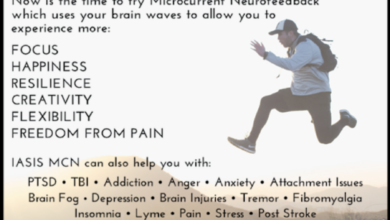How Safe is Cannabis for Developing Brains?
Despite what the weed culture is saying about the use of marijuana by children and adolescents, mainly that it is “natural” and “harmless” and not as bad as “other things” (Crack, Meth, Alcohol, etc…) there is plenty of information about short and long-term health effects which may be durable and irreversible. Let’s look at a few:
- The developing adolescent brain is uniquely susceptible to adverse neurocognitive and psychiatric outcomes from cannabis use
- Early marijuana use in adolescence is associated with later decline in cognitive function and adult onset of psychosis and anxiety
- Educational and employment outcomes may be poorer among regular marijuana using adolescents
- Numerous other adverse respiratory, cardiovascular, gastrointestinal and endocrine effects with regular use have been clearly established
- Earlier use of cannabis is associated with a greater likelihood of dependence, which occurs in one in six adolescent users. That is like playing six shooter roulette with your brain.
Other things you may not know…The THC (A-9-tetracannabinol) crosses the blood-brain barrier as well as the placenta (this can be encreased by head injury). THC is fat soluble and is thereby stored in fat in the body. This results in slow elimination from the body of several days to one-week. While THC hangs out in the adolescent body, it acts upon the body’s cannabinoid receptors in the nervous system which are essential to normal neurodevelopment. Other negative effects include emotional effects, paranoia, irritability, rage, impaired short-term memory, poor attention, de-motivation and impaired judgment.
Anecdotal evidence against cannabis use by adolescents is compelling as well. We all know some poor guy who started using weed at an early age and at 50 is still living in his parents’ basement. This could be due to endocrine disruption of hormones that help drive people’s lives forward. The “lack of drive/apathy” correlation with cannabis use is especially common in boys/men. “Mulching” or smoking “spliffs” with tobacco filler may increase negative effects and dependency in some people, possibly due to the increase in THC. A 2009 study showed that the smoke from a pure cannabis joint measured around 32.70 milligrams per gram. In the spliff, THC increased to 58.90 milligrams per gram.
Dr. Brent Davis, a Chiropractor from Nashville, Tennessee, coined the term “Cannabinoid Toxicity Syndrome” in a paper in which he discusses painful, debilitating, hard-to-diagnose musculoskeletal issues due to unsafe build up of cannabinoids in tissues.
Youth tend to think that they have all the time in the world and that the body is invincible. When it comes to marijuana use in adolescents, time runs out and the body and brain are highly vulnerable.




